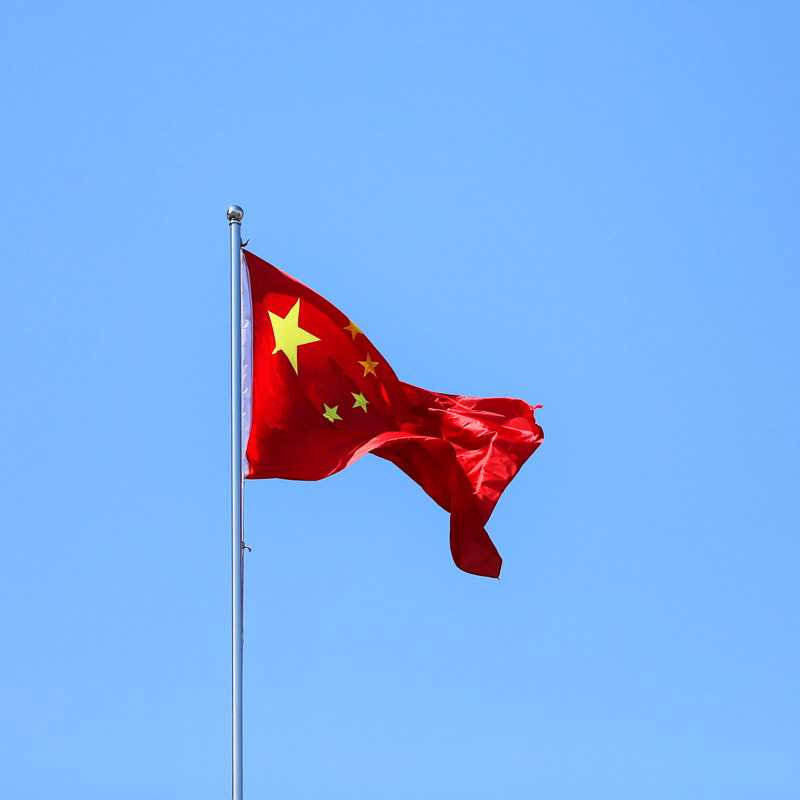On July 15-18, the 20th Central Committee of the Communist Party of China (CPC) convened its Third Plenum, which typically occurs once every five to six years. Historically, Third Plenums have focused on outlining China’s long-term reform agenda, especially in the economic sector, having become one of the most significant events in the Chinese political calendar. Given the array of economic and social issues that China currently faces, the Third Plenum this year has attracted heightened attention from the foreign business community.
Six Key Takeaways:
- The Third Plenum signaled continued efforts to balance the public and private sectors, with increasing support for the latter.
The Third Plenum this year largely builds on the decisions made at other major political events in recent years. It reiterated the goal of “building a high-standard socialist market economy,” stressing the need to ensure a balanced relationship between the public and private sectors. While reaffirming the goal of making state-owned enterprises (SOEs) “bigger, better and stronger,” the final Resolution of the Third Plenum also details a series of measures to bolster the growth of the private economy. One noteworthy absence is the phrase “public ownership remains mainstay,” potentially hinting at stronger government support for the private sector going forward.
- The government wants to build a robust national innovation ecosystem.
As anticipated, the Resolution identifies science and technology as one of the bases of Chinese modernization. It particularly emphasizes the need for breakthroughs in “industries of the future” and “strategic industries”—the foundation of the new high-quality productive forces. In an effort to further drive innovation, the government is calling on support not just from state entities but also private enterprises, offering a series of support measures. Additionally, the Third Plenum elevated the importance of domestic education and talent, striving to achieve “educational autonomy,” particularly in science and technology.
- Local governments will be given more powers but will also be subject to increased oversight.
One of the most significant policy changes proposed by the Third Plenum involves transferring more power from the central government to local governments. This includes permitting local governments to retain a larger share of fiscal revenues, as well as regulate their local property markets. At the same time, the Resolution suggests that the central government will intensify its oversight of local governments’ conduct, including their debt management and investment promotion.
- The government aims to boost consumption in the long term by solving pressing economic and social challenges.
The Third Plenum underlined that increasing domestic demand, which has largely stagnated so far this year, remains a key goal for the Chinese government in both the short and long term. In a bid to restore longer-term domestic demand, the Third Plenum sought to address major social and economic issues, reiterating the need to improve the integration of rural and urban populations, tackle unemployment and improve the income distribution system.
- Green transformation is positioned as a key component in achieving China’s national development goals.
The multiple mentions of green transformation throughout the Resolution indicate the Chinese government’s view of it as a necessity in accomplishing its key national goals. The Third Plenum also introduced measures to help China realize its carbon neutrality goal by 2060, such as establishing a carbon emissions statistics and accounting system. While China appears on track to reach its carbon peaking goal of 2030 way ahead of schedule, reaching its 2060 net-zero goal still appears much more difficult.
- China’s rhetoric around opening up continues, while it is also preparing for more trade tensions.
In contrast to the increasing economic protectionism in the United States and EU, China continues to uphold a pro-foreign investment and pro-trade stance. However, the Third Plenum also signaled that the Chinese government is bracing for more trade tensions with Western nations. This is evident in the inclusion of objectives such as “improving mechanisms for preventing and controlling trade risks” and “protecting Chinese investment abroad.”
Download our analysis of the 2024 Third Plenum and six key takeaways.
